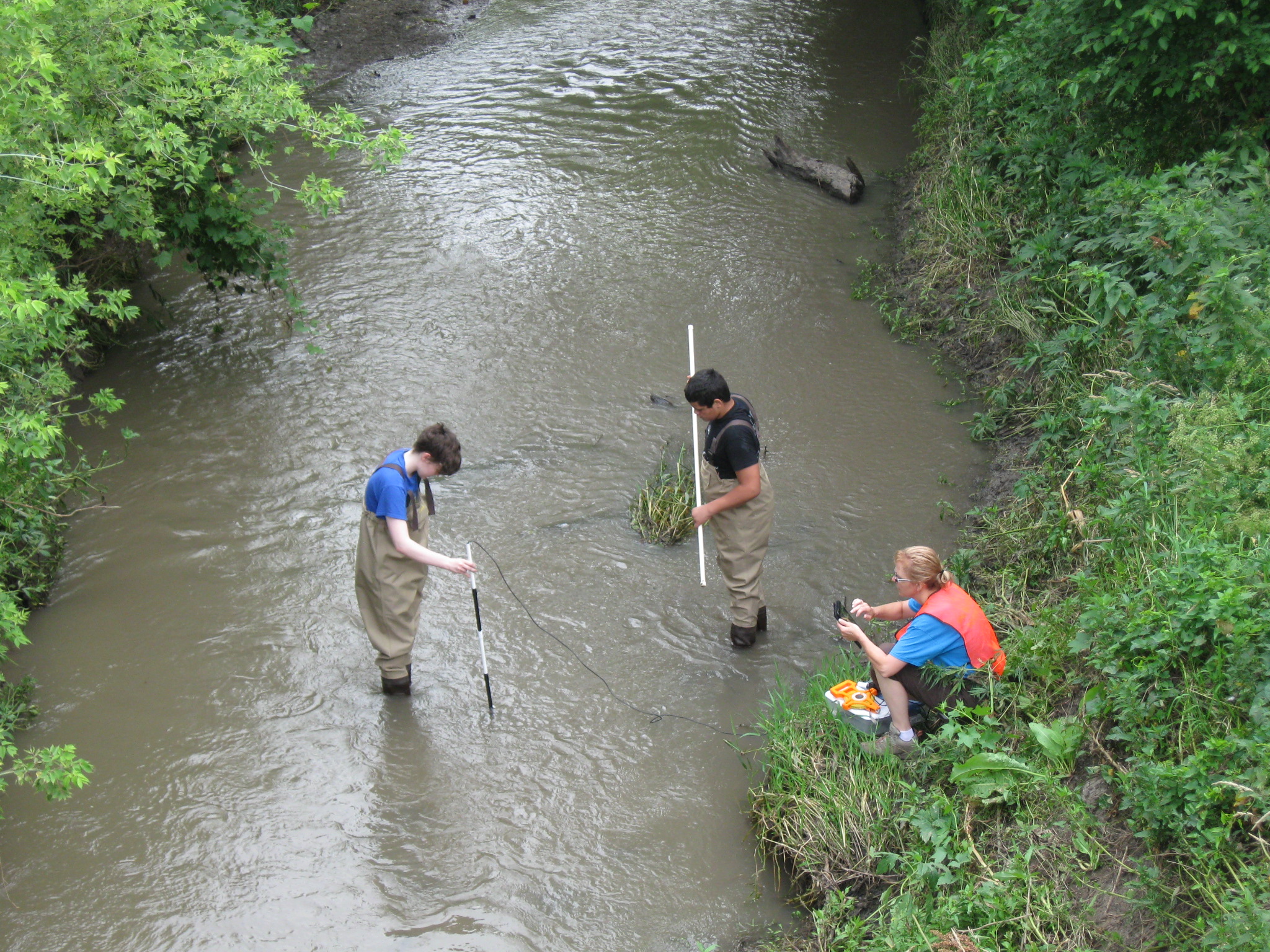What Can We Do About It?
There is still time to act on the rising levels of nitrate in Nebraska’s groundwater. The LENRD is working around the clock to test and improve the quality of Nebraska’s groundwater while raising awareness of rising nitrate levels. There are steps everyone can take to reduce these nitrate levels. It takes all of us working together to ensure the best future for Nebraska.

The Clean Water Act and Safe Drinking Water Act
There are two federal policies in place to address water pollution. The Clean Water Act of 1972 regulates point source from emitting pollution into waters, and the Safe Drinking Water Act of 1974 regulates public sources of drinking water (covering 86% of US drinking water). Private wells provide water for the remaining 14% with no required testing and treatment.
Nebraska’s NRDs are responsible for the development, management, utilization, and conservation of groundwater and surface water.

What is the LENRD doing about nitrate levels?
The locally-led board of directors work continually to address the public’s concerns about the contamination of our groundwater. The NRDs were created along watershed boundaries to allow the public to work with the local boards to better address these issues. How much do we value our local control? Are we willing to work together to provide solutions to this problem? These are questions we must ask ourselves as we meet these challenges head on.
With 70% of Nebraskans relying on groundwater for their drinking water, sharing and sustaining the resource for future generations is paramount. The elevated levels of nitrate in our groundwater are spurring increased awareness and concern for the health of our citizens.

Water Sampling
As part of the Lower Elkhorn Natural Resources District’s (LENRD) Groundwater Quality Monitoring Program, technicians collect annual water samples to document changes or trends in groundwater quality.
The entire LENRD is currently in a Groundwater Management Area. Portions of Pierce and Madison Counties have since moved into Phase 2 and 3 Area controls.
A Phase 2 Area is an area with at least 20% of the monitored wells testing at or above 50% of the maximum contaminant level (5 ppm) for nitrate-nitrogen. The LENRD Groundwater Quality Monitoring Program has found this to be the case in most of Pierce County, and portions of Madison County. A Phase 3 Area is defined as an area with at least 50% of the monitored wells testing at or above 90% of the maximum contaminant level (9 ppm) for nitrate-nitrogen. Monitoring efforts indicate that portions of Pierce County meet these criteria.

Farming Practices
Another solution is to keep nitrate from reaching Nebraska’s water in the first place. A host of agricultural practices – like the use of cover crops, no-till or conservation tillage, and rotational livestock grazing – can help farmers improve their soil health and decrease applications of chemical fertilizers, which are the source of much of the nitrate in our water. Practices that achieve that goal can also help farmers increase their bottom line.
Agriculture
How can my community help? How can people protect themselves?
Everyone has a role to play in reducing nitrate levels. As a community, we can improve our environmental stewardship to restore and protect our natural resources for the next generation.
Depending on where you are, what your water source is, and how you want or need to engage, you can:
- Test your own well (domestic well owner) to make sure that your water is safe to drink. If needed you can install a reverse osmosis, ion exchange, or distillation system. You can pick up test kits from the LENRD or your Health & Human Services extension office.
- Maintain your septic system and leach field (domestic homeowners).
- Engage in and with your community if it is facing a drinking water safety issue, get informed about the problem, about potential solutions to the problem, their pros and cons; engage with a community group or with your business/work community, if it can be part of the solution.
- Adopt more protective best management practices.
- Give top priority to community wellhead protection areas, due to the direct impact on human health and the expense of treating nitrate contamination in groundwater. Water Treatment Options and Expenses

Regulations proposed for portions of Cuming, Colfax, and Dodge Counties
Rising levels of nitrate have been detected in portions of Cuming, Colfax, and Dodge Counties. A virtual meeting was held to discuss the protective measures proposed for these counties.
A recording of the webinar is available to view. Use the passcode: ?PE4HaCU
You can also read more about these proposals on the LENRD website.
View Webinar
“While imposing regulations is not something we enjoy doing, it is necessary that we work together to implement best management practices to reduce groundwater contaminates and protect our drinking water,” said LENRD Assistant Manager Brian Bruckner.
“We invite all stakeholders to join us at the Open House Public Hearing as we look at the results of the groundwater monitoring and address potential health risks and the critical need to protect our water supply.”



